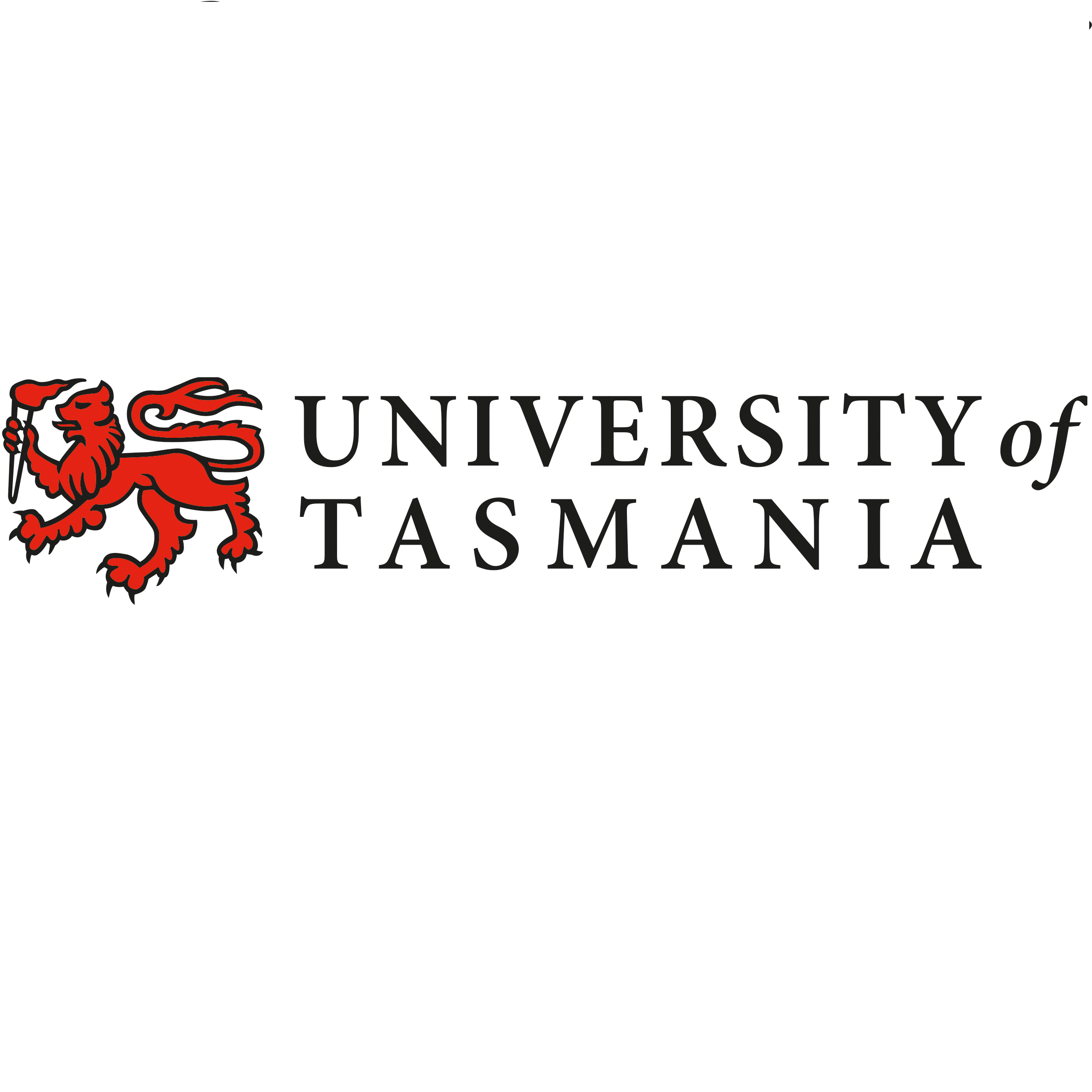Full description
Using a 0.25-degree resolution based on the ERA5 reanalysis product, these data present two interlinked products reflecting the seasonality of fire, lightning, and ignition patterns. The fire season product ('fire_season') reflects season definitions of potential ignitions based on a) localised fine fuel flammability thresholds (see DOI:10.25959/rbk3-5d65) and b) lightning stroke density. Season definitions are simplified to reflect the initiation and cessation day of the year (1-365). The global land use product ('global_land_use') reflects associated statistics, including the a) lengths of periods within each fire season where ignitions are driven predominantly by anthropogenic or mixed (i.e., anthropogenic and lightning) ignitions, b) total and proportional burned area (via MODIS burned area product, 2001-2024) occurring within each of the aforementioned ignition periods, c) mean MODIS-based vegetation productivity (2001-2023), and d) mean annual suppression intensity and fractional burned area attributed to human land management (1991-2014).Data time period: 1991 to 2020
Subjects
Agricultural, Veterinary and Food Sciences |
Adaptation to Climate Change |
Biological Sciences |
Biogeography and Phylogeography |
Climate Change Processes |
Climate Change Science |
Climatological Hazards (E.g. Extreme Temperatures, Drought and Wildfires) |
Climatology |
Earth Sciences |
Environmental Policy, Climate Change and Natural Hazards |
Environmental Sciences |
Ecological Applications |
Ecosystem Adaptation to Climate Change |
Evolutionary Biology |
Fire Ecology |
Forestry Fire Management |
Forestry Sciences |
Natural Hazards |
Understanding Climate Change |
Understanding the Impact of Natural Hazards Caused by Climate Change |
climate change |
fire ecology |
fire risk |
fire seasonality |
ignition patterns |
lightning |
pyrogeography |
User Contributed Tags
Login to tag this record with meaningful keywords to make it easier to discover
Identifiers


